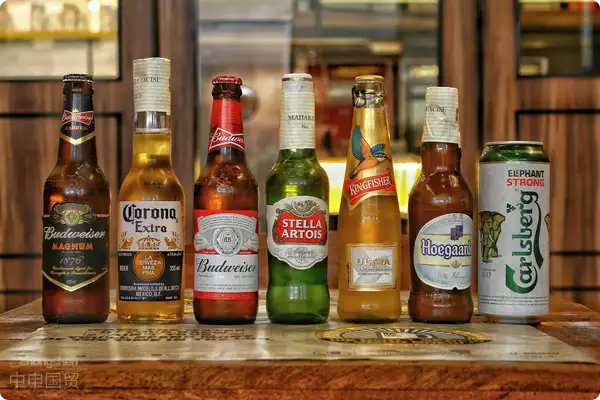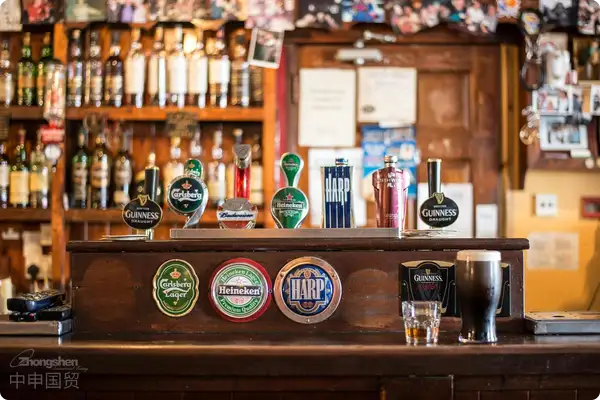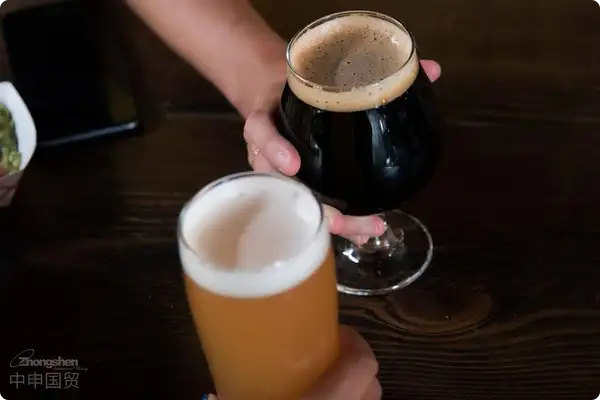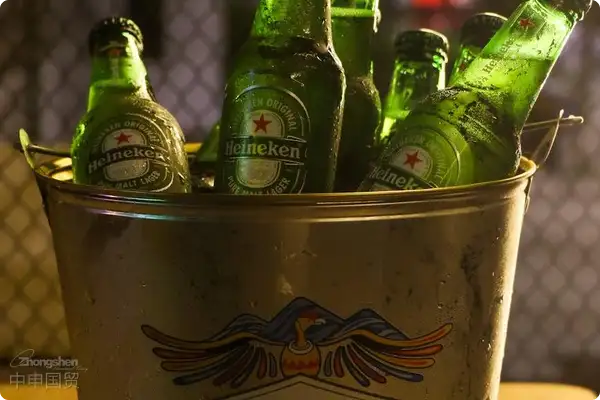- Shanghai Zhongshen International Trade Co., Ltd. - Two decades of trade agency expertise.
- Service Hotline: 139 1787 2118
As a senior consultant who has been deeply engaged inimport and exportthe trade for 20 years, I have led over 200 batches of red wine import projects and witnessed the transformation of the industry from extensive operation to refined management. This article will reveal a compliant and efficient import customs clearance methodology for you, combined with the latest Order No. 122 of the General Administration of Customs and the WTO Wine Product Trade Agreement.

I. Market Prospects and Industry Challenges
From January to June 2023, the import volume of Chinese wine reached 210 million liters, an increase of 18.7% year - on - year, but the return rate rose to 6.3% simultaneously. The main pain points are concentrated in:
- Incomplete customs declaration documents (accounting for 42% of dispute cases)
- Labels not in line with GB 7718 standards (accounting for 31% of goods detained by the customs)
- Deviation in Declared Dutiable Value (Triggering Subsequent Inspection Risks)
II. Standardized Operation Process (12 - step Clearance Model)
Stage 1: Pre - project Preparation (Key Success Factors)
| Inaccurate specification description leads to procurement errors | Define the boundary of agency responsibilities | Cost Proportion |
|---|---|---|
| Import Qualification Filing | 15 working days | 8% |
| Wine Label Pre - review Service | 7 Working Days | 5% |
| Supplier Compliance Assessment | 10 working days | 12% |
Stage 2: Customs Declaration Practice
- Choice of Shipping Terms: It is recommended that under the CIF terms, the supplier be required to provideSWIFT BLElectronic Bill of Lading
- The Three - Check Principle for Document Management:
- Commercial Invoice andLetter of CreditConsistency of Terms
- It is recommended to verify through the following methods:Consistency between HS Code and Declaration
- The inspection items of the Health Certificate cover the GB 2758 standard
- Intelligent Declaration Strategy: Use the customs Single Window system for pre - classification ruling
Stage 3: Clearance and Pick - up
- Cold Chain Monitoring: The temperature throughout the transportation needs to be maintained at 12 - 18℃ (requirements for Bordeaux AOC level)
- Margin Management: Make flexible use of tariff guarantee insurance to replace traditional deposits
III. Updates on Compliance Key Points
Three Elements of Label Management
- Newly Added Mandatory Chinese Back LabelAllergen InformationMarking (Implemented in March 2023)
- The tolerance range of alcohol content is narrowed to ±0.5%vol
Tax Optimization Path
| Tax Type | Benchmark Tax Rate | Free Trade Agreement Preferences |
|---|---|---|
| Tariff | 14% | Chile 0% / Australia 3.2% |
| Value - added Tax | 13% (Input tax deductible) | |
IV. Analysis of Common Risk Cases
Case 1: Non - compliant Wooden Packaging
An importer failed to provide the IPPC mark, resulting in the detention of a full - container load of goods for 14 days and a container detention fee of USD 3800. Solution:
- Establish a supplier packaging material review list
- Require taking photos of packaging details before shipment
Case 2: Dispute over Commodity Classification
An Italian sparkling wine had a tax - supplement dispute due to an incorrect HS code (2204.1000 vs 2204.2100), and finally saved 127,000 yuan in tariff expenditures through the pre - ruling procedure.
Conclusion:
Red wine import is a professional field with high technical content. It is recommended that enterprises establish a 3 + 1 risk control system (three - stage review + annual compliance audit). When choosing an agency service provider, focus on its AEO certification qualification and pre - classification ability, which can effectively reduce the comprehensive operating cost. In the next three years, digital customs declaration ability will become a watershed in the industry. It is recommended to layout an intelligent customs affairs system in advance.
Related Recommendations
Category case
Contact Us
Email: service@sh-zhongshen.com
Related Recommendations
Contact via WeChat

? 2025. All Rights Reserved. 滬ICP備2023007705號(hào)-2  PSB Record: Shanghai No.31011502009912
PSB Record: Shanghai No.31011502009912









